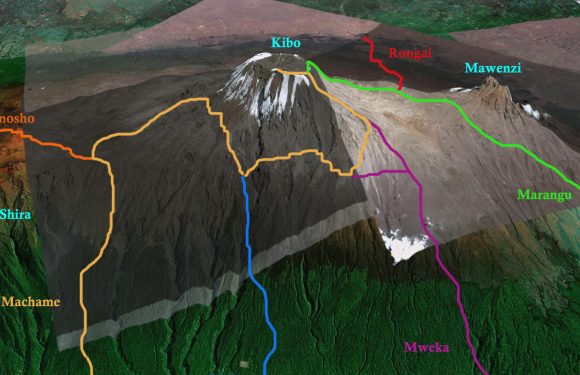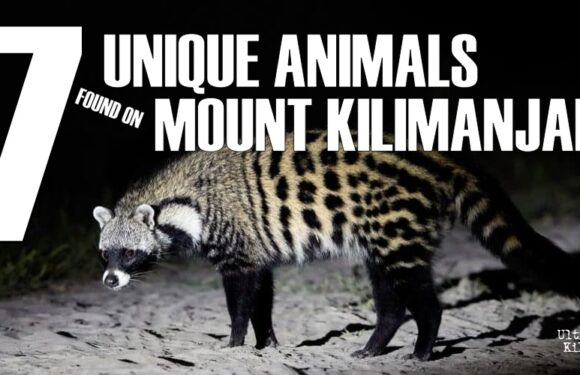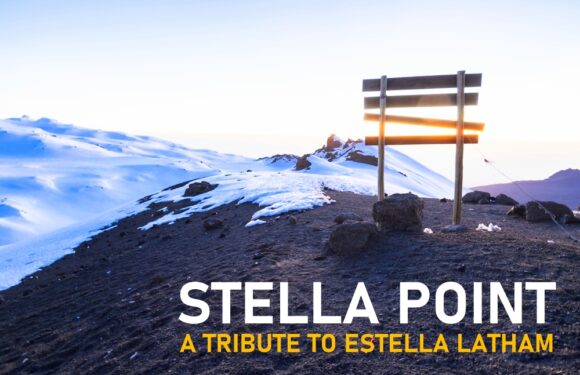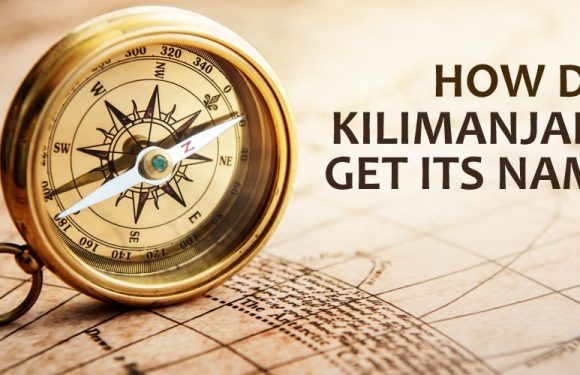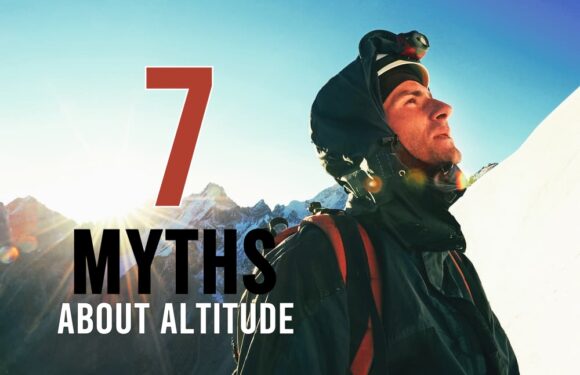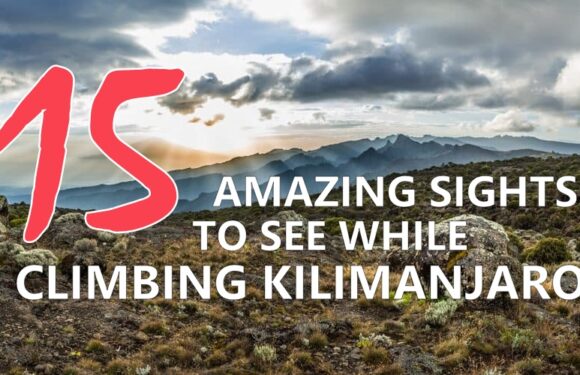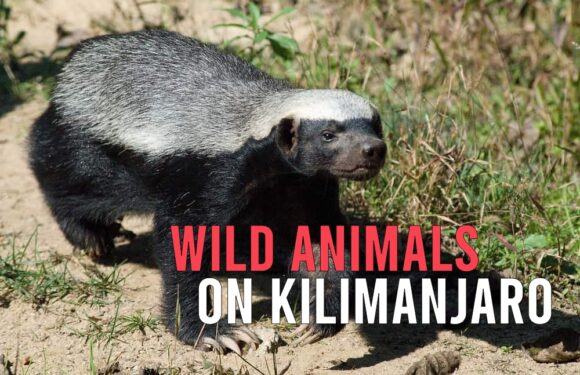Climbing Kilimanjaro is not cheap. Between the park permit fees, gear, flights, hotels, guides, and tips, the cost for the hike can easily run over $5,000 per person.
It begs the question, is the price worth the money to climb Kilimanjaro?
It’s a difficult question to answer as every individual is going to have a different opinion on what makes something important or meaningful to him or her. In this article, we will discuss what makes climbing Kilimanjaro special so you can decide for yourself if the Roof of Africa is worthwhile to you.
Climbing a Seven Summit
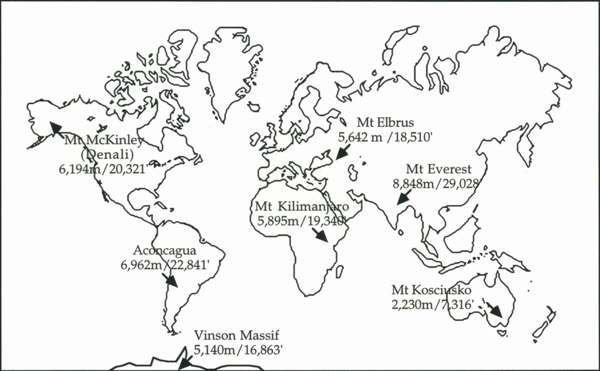
There is an allure to scaling one of the Seven Summits – the tallest mountains on each of the seven continents. Mount Kilimanjaro is the highest peak in Africa. And the perhaps surprising characteristic is that it can be climbed without technical skills or mountaineering equipment such as harnesses, ropes and crampons. In other words, total beginners without any experience on big mountains can safely and successfully complete the achievement.
Other peaks in the Seven Summits all require technical ability, making Mount Kilimanjaro the perfect adventure for those wanting to flex their high altitude lungs for the first time and not have to learn a new skill.
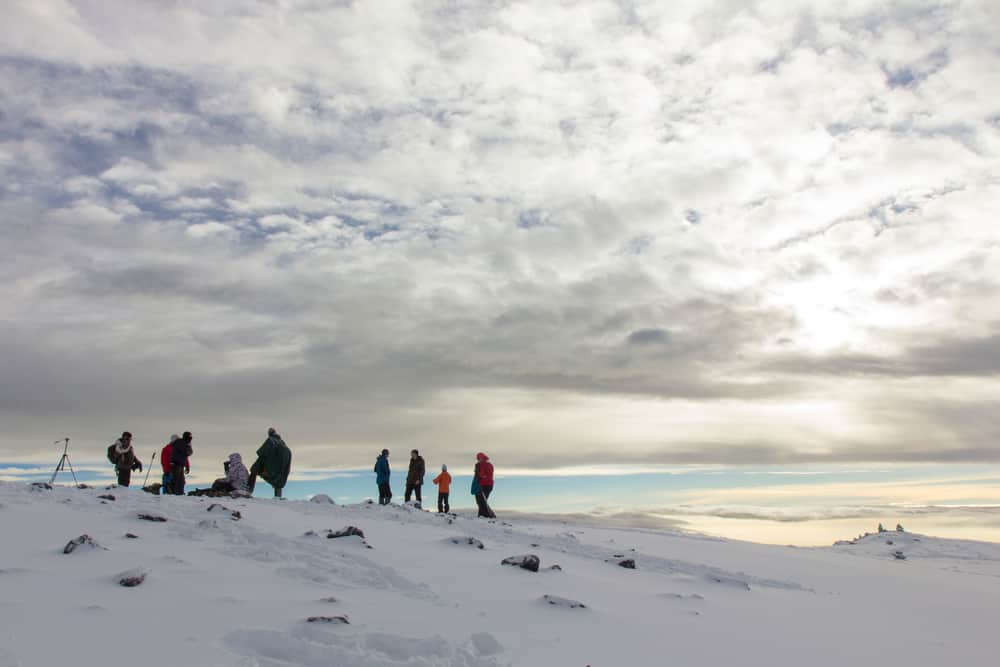
Let’s look at the average land cost to climb these mountains.
Average Land Cost for Seven Summits Expeditions
- Mount Elbrus, Europe – $2,000 (7 days)
- Mount Kilimanjaro, Africa – $3,000 (10 days)
- Aconcagua, South America – $3,500 (17 days)
- Denali, North America– $8,000 (22 days)
- Carstensz Pyramid, Oceania – $27,000 (11 days)
- Mount Vinson, Antarctica – $40,000 (17 days)
- Mount Everest, Asia – $45,000 (64 days)
As you can see, the cost to climb other Seven Summits can be extremely high and takes more days. So Kilimanjaro is relatively affordable and does not require such a big time commitment.
Trekking Through Gorgeous Landscapes
One of the draws of climbing Kilimanjaro is that the scenery is varied and beautiful. It begins in the rainforest and tops out in the arctic ecosystem. In between are a couple more environments – moorland and alpine desert.
Each zone is marked by its own distinct characteristics which makes a Kilimanjaro ascent visually interesting and unique.
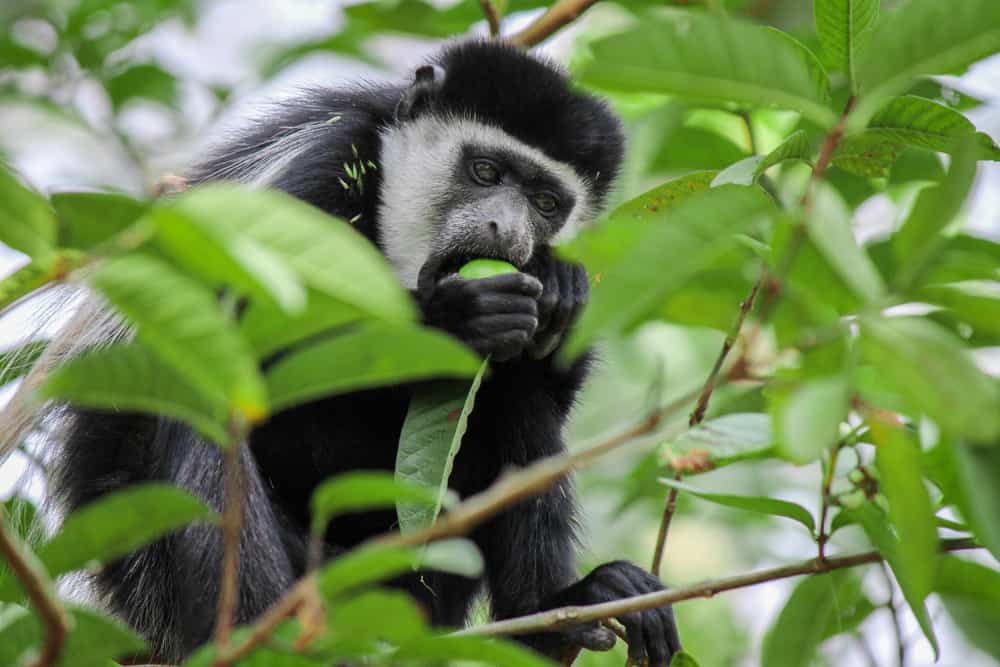
In the rainforest, the calls of the black and white colobus monkeys echo above as you trek the lush, green paths.
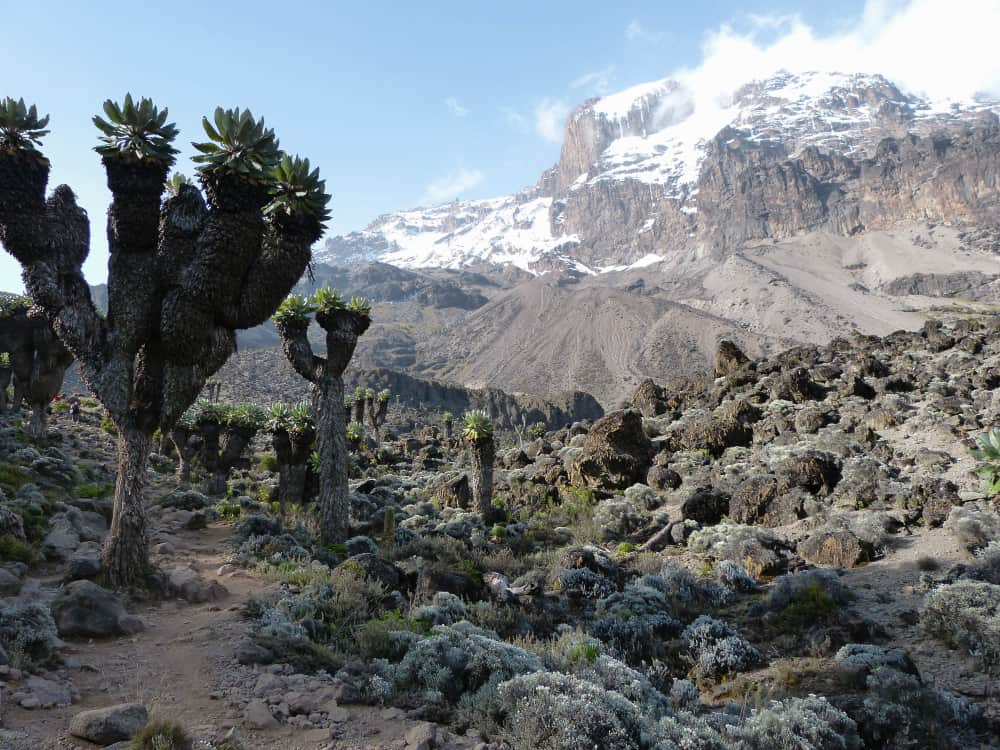
In the moorland, alien-like giant Senecios greet visitors on the approach to Barranco camp. These trees are found only in East Africa.
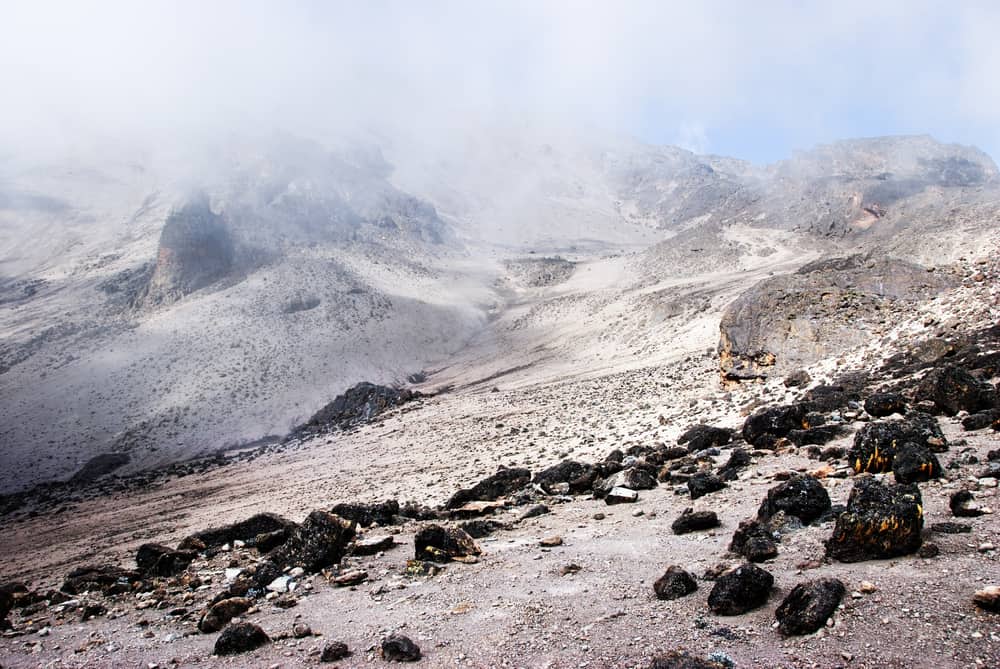
In the alpine desert, all native life forms, plant or animal, disappear on the harsh lunar landscape.

And in the arctic zone, you witness the sun rise as you stand above the clouds on this frozen landscape.
The ever changing atmosphere of Mount Kilimanjaro makes the hike from the trailhead to the summit seem like several trips in one.
Seeing the Iconic Glaciers
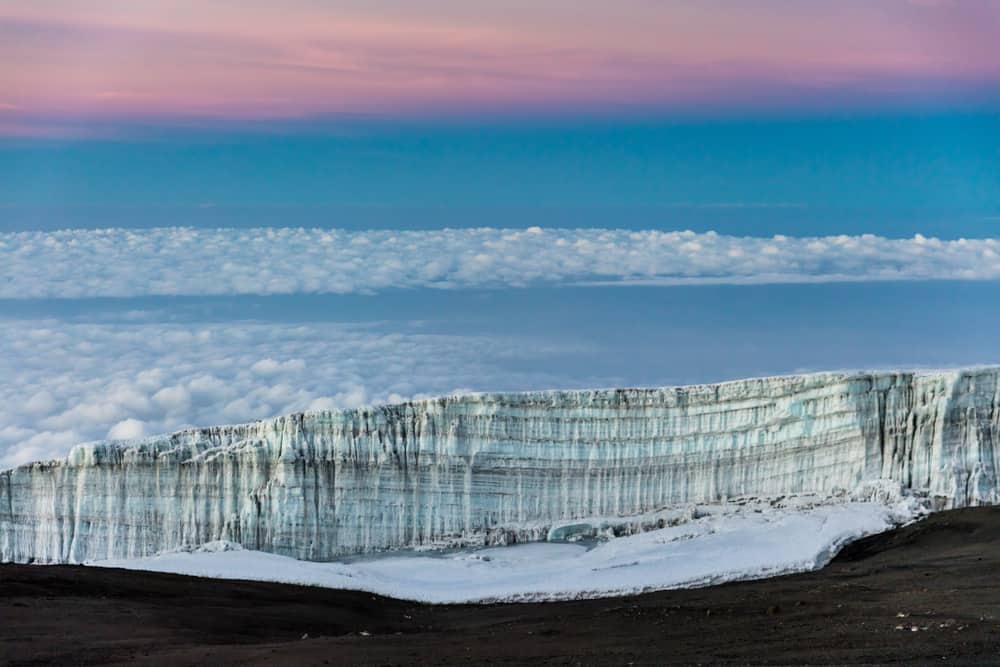
Mount Kilimanjaro is famous for its legendary glaciers near the summit. They have existed for 11,000 years, but they won’t be there much longer. It’s been widely reported that the icecap is disappearing quickly.
In less than 100 years, the glaciers have shrunk by 85% (from 1912 to 2011). Some believe the ice will be completely gone within the next couple decades. By climbing Kilimanjaro soon, you can be one of the last people who has a chance to see these spectacular structures before they are gone forever.
Snapping Your Summit Photo
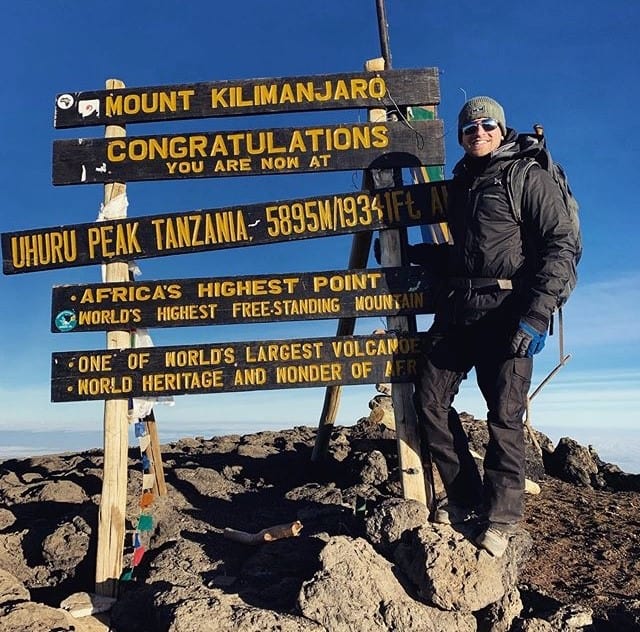
When you reach the top of Kilimanjaro, it’s customary to snap a photo in front of the wooden sign marking Uhuru Point. This captures the moment you accomplished your goals after months of planning and preparation. This classic shot tells the story for many people of one of the hardest things they have ever done. It shows you have the physical strength and endurance and the mental discipline to climb the tallest freestanding mountain in the world.
Visiting Africa
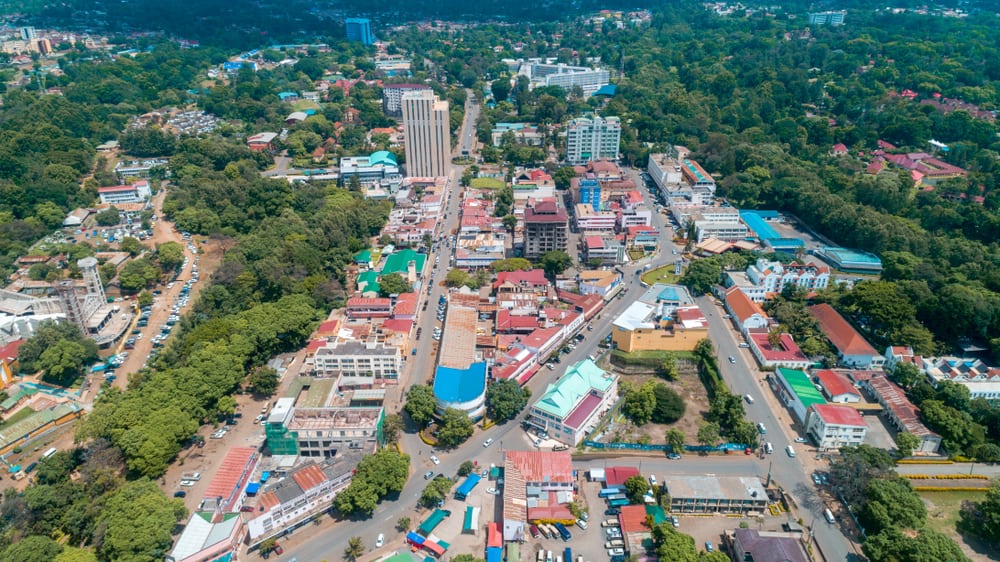
Mount Kilimanjaro is located in Tanzania, a country in East Africa. For many, it is a dream to visit the continent of Africa.
Africa is rich in cultural heritage and diversity. It has a wealth of natural resources and offers breathtaking tourist attractions. Besides Kilimanjaro National Park, Tanzania is known for its wildlife parks, particularly Ngorongoro Crater and Serengeti National Park (altogether, Tanzania has seven official World Heritage Sites).
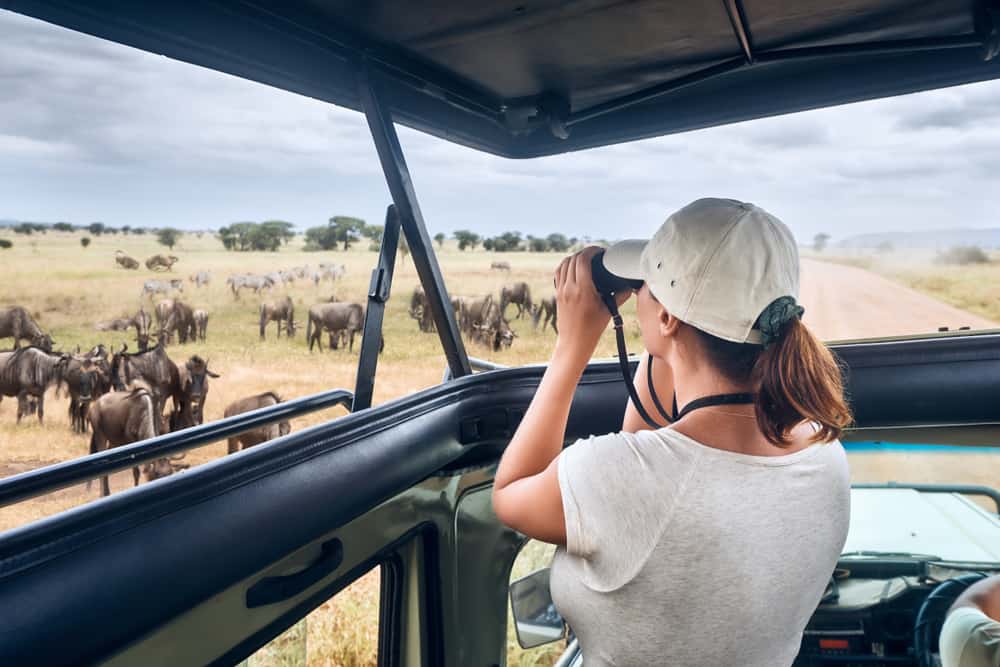
It can be hard to convey in words and pictures just what is so special about Tanzania. It has to be seen, felt, experienced. The country has a unique rhythm that cannot really be explained. Once you have been here and felt the warmth of the Tanzanian people, we are sure you will be grateful to have visited and want to return again and again.

These are just a few of the things we find precious about climbing Kilimanjaro. Some may think it’s just a hike, but to us and those who have come before you, it symbolizes much more. The mountain is a combination of rare features that makes the peak accessible to most while also being appropriately challenging. The unique elements about the climb and the people around you make the journey not only memorable but even life changing. There is nothing else like it.
So is climbing Kilimanjaro worth it?
We certainly think so.
And thousands of our clients would agree.
_________
See 15 Amazing Sights to See While Climbing Kilimanjaro
See 12 Things You Need to Know Before Climbing Kilimanjaro
See 12 Interesting Facts About Mount Kilimanjaro
Download our Kilimanjaro Guide




















































